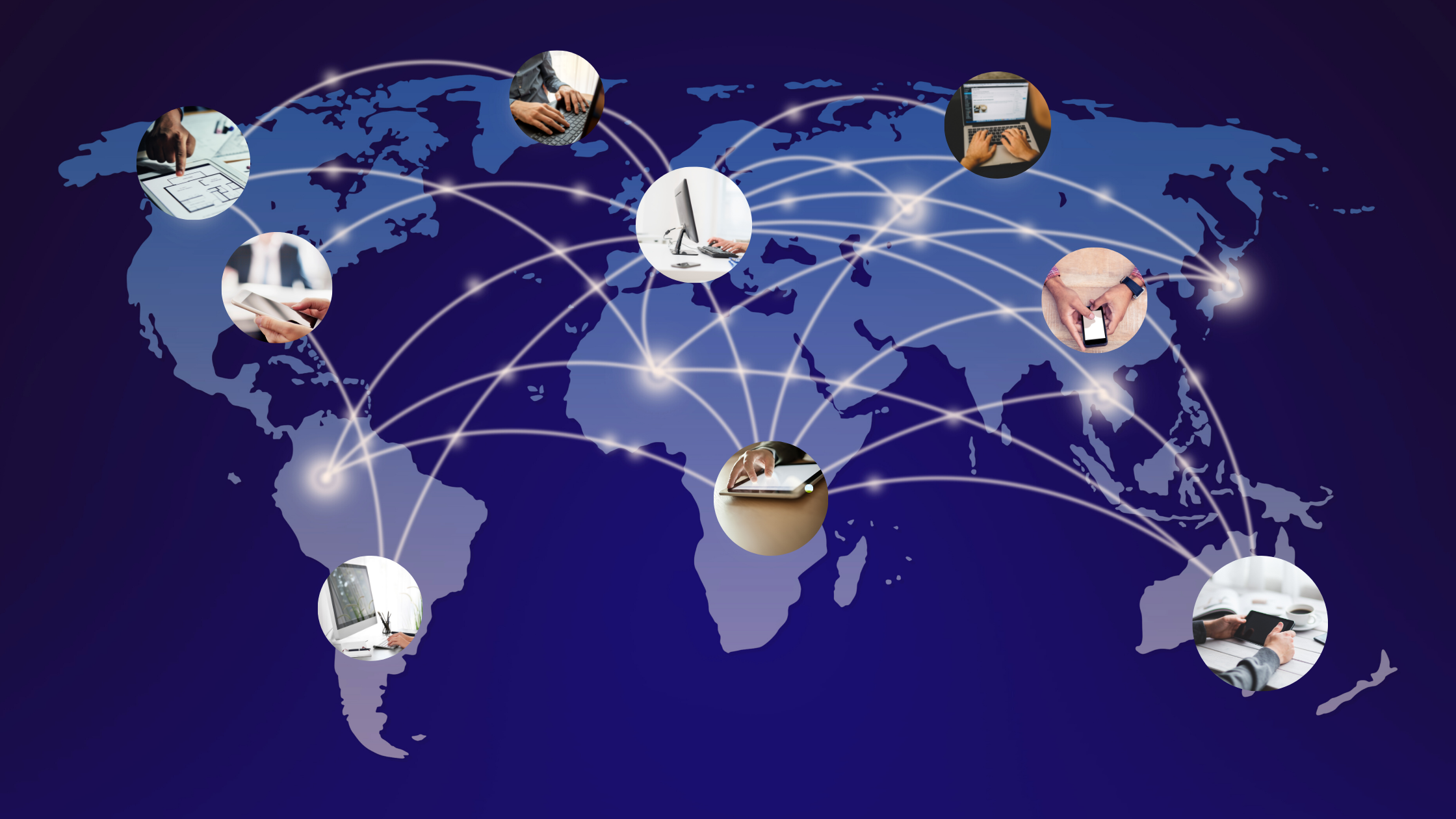Why You Need a SaaS Through Channel Marketing Automation Platform
Through-Channel Marketing Automation (TCMA) platforms allow businesses with distributed marketing programs to organize and distribute content and...
We’ve seen too many inefficiencies fly under the radar and hold companies back. Our expertise in through-channel marketing and field sales support enables small marketing teams to support distributed sales forces at scale.

3 min read
 Triptych
:
August 5, 2020 at 1:45 PM
Triptych
:
August 5, 2020 at 1:45 PM

The end of June marked the release of Forrester’s Q2 Channel Software Tech Stack 2020, which recognized Triptych in the mix of Through-Channel Marketing Automation platforms. Along with McBain’s detailed analysis of the Channel Software arena, he also offered a comment on the future of Channel Partner Programs and channel marketing platforms. Ultimately, McBain states “The effective use of technology tools is no longer optional—ecosystems don’t run on spreadsheets!” So, what do they run on? First, let’s discuss what he means by ‘ecosystems.’
In January of this year, Forrester released What I see coming for The Channel in 2020 another article by Jay McBain in which he described the rise of a Trifurcated Channel model and the need for Partner Ecosystem programs that was created as a result.
Channel Partner Ecosystems are a reorganization and reimagination of existing Channel Partners. McBain noticed a ‘trifurcation’ or sectioning of partners into transactional, influencer, and retention branches. Each branch, he realized, required different collaboration and compensation based on their different contributions to the bottom line. The three branches create the Channel Partner Ecosystem. The method for simultaneous, harmonious management of the three branches is the Channel Partner Ecosystem Program.
The emergence of this Trifurcated model (Channel Partner Ecosystems) and the Channel Partner Ecosystem Program only enhanced the necessity—or rather requirement—of Channel management software. However, not all channel software has what it takes to support this evolved state of The Channel.
The continued success of a channel management platform is contingent upon its ability to evolve with The Channel. As McBain declares, “The future of channel partner programs and ecosystems will be anchored in automation, flexibility, scalability, and self-service.” If these four components are what traditional partner programs and partner ecosystem programs run on, then their channel management platforms must also run on automation, flexibility, scalability, and self-service. Without those four components, whichever channel software you choose simply won’t be able to keep up with the evolution of The Channel and will, eventually, be deemed useless.
McBain said it best, “ecosystems don’t run on spreadsheets!” Spreadsheets and other manual practices are outdated, inefficient, and ineffective. With today’s advanced technology everything from administrative tasks to complex jobs like content customization can be automated to save time and money—even in regulated industries. Without automation it would be impossible to manage the complexities of a partner ecosystem with the same efficiency as a simpler program. Even those single partner programs need automation to support the other critical components of channel software.
A fixed software, by definition, cannot evolve. Channel management software must be flexible to continuously learn and change along with The Channel. In addition to having the ability to stay up to date, a platform must also have the flexibility to adapt to your unique professional situation. In an ecosystem each of your partner types is going to need a different user-experience and in a program with a single partner type individual users may need access to different assets. Different partners have different consumer knowledge, a flexible platform will help them optimize the use of that knowledge to provide the best product or service for each individual consumer.
The ability to manage channel partners at scale—that’s what everyone in The Channel strives for. Channel software and the other three vital components make program scalability possible. The efficiency of automation, the effectiveness of flexibility, and the freedom of self-service all empower an organization to achieve more with less. Without any of them, and without the software that makes them possible, scaling a partner program, let alone a partner ecosystem would be nearly impossible.
Evolutionary channel software empowers organizations and their partners to make the right decisions. Self-service gives organizations the power to control which assets are used to represent their brand and which funds their partners have access too. Simultaneously, self-service gives partners the power to deliver customized content supported by their knowledge of their unique audience. No one knows consumers better than those who are working with them, a platform that can balance automation and self-service will capitalize on that consumer knowledge to close more deals at a more rapid rate.
Take it from the experts. The channel is evolving, and the adoption of channel management software is no longer an option if you want to compete in your industry. With over 150 companies across 7 categories, deciding which platform is best for managing your channel can be daunting, but using these 4 criteria to begin narrowing down the field is a solid foundation to start on. A platform without any one of these components or the flexibility to adopt these components doesn’t have the endurance to have a footing in the future of The Channel.
Find out how Triptych uses each of these components to offer a unique Through-Channel Marketing Automation Platform for every client at Triptych.com

Through-Channel Marketing Automation (TCMA) platforms allow businesses with distributed marketing programs to organize and distribute content and...

In previous blogs focused on channel marketing, we’ve discussed what channel marketing is, why it’s beneficial, how to do it right, and even a few of...
![Forrester Channel Tech Stack [2021 UPDATE]](https://marvel-b1-cdn.bc0a.com/f00000000192166/f.hubspotusercontent30.net/hubfs/2427339/Channel-Software-Tech-Stack-1.15.21.png)
1 min read
[UPDATE] Forrester Channel Software Tech Stack 2021 Released Triptych is pleased to be listed in the 2021 Channel Software Tech Stack from...